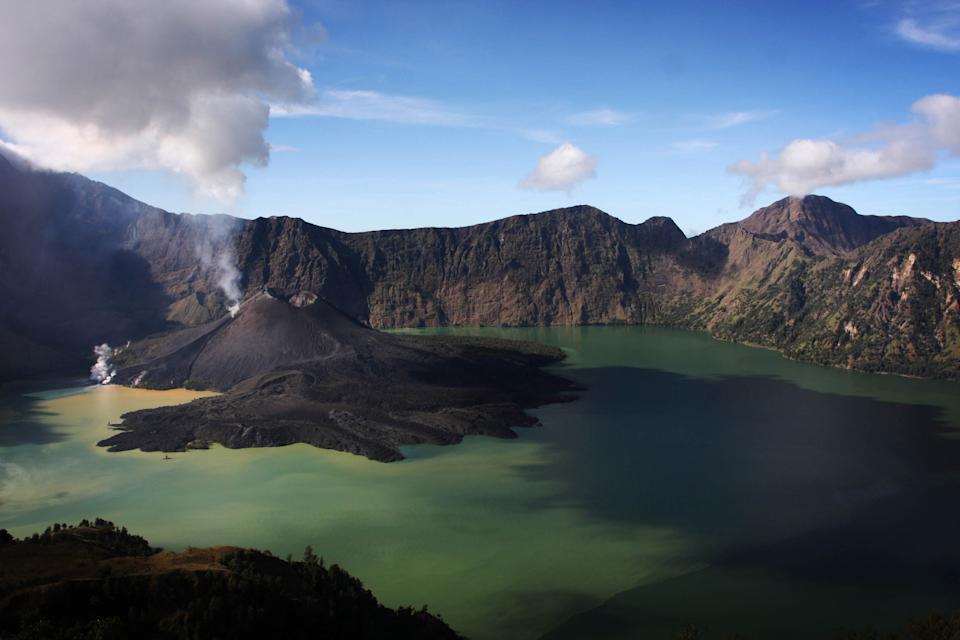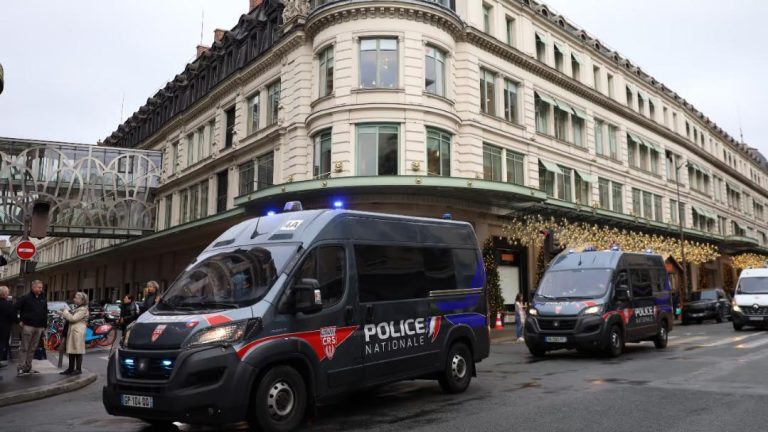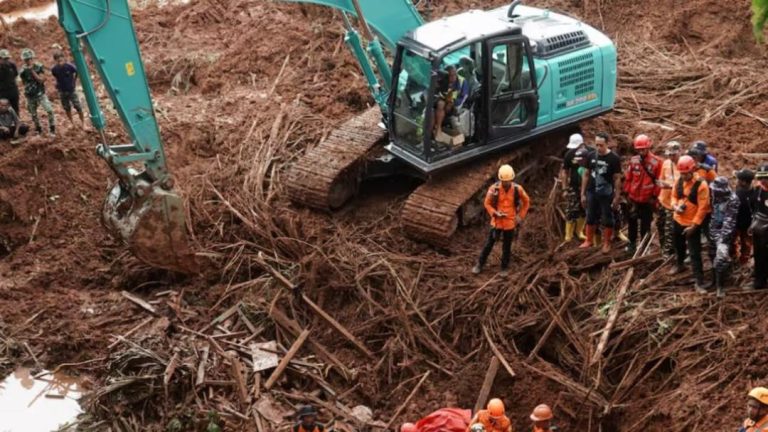
Mount Rinjani: Indonesia’s Second-Highest Volcano
Towering above the lush landscape of Lombok Island, Indonesia, Mount Rinjani stands as the country’s second-highest volcano, reaching an impressive 3,726 meters above sea level. This active volcano has long been a magnet for adventure seekers and nature lovers, attracting thousands of tourists annually. However, despite its popularity, Mount Rinjani has proven to be a treacherous destination, claiming the lives of several hikers in recent years, including a tragic incident involving a 26-year-old Brazilian hiker, Juliana Marins.
The news of Juliana’s tragic death sent shockwaves around the world, with reports emerging that she had been missing for four days before her body was found on the slopes of the volcano. The incident serves as a stark reminder of the risks and dangers associated with climbing Mount Rinjani, a destination that has become increasingly popular among tourists and adventure enthusiasts.
But what makes Mount Rinjani so unique and alluring? And why has it proven to be such a formidable challenge for hikers and climbers?
Geography and History
Mount Rinjani is a stratovolcano located in the north of Lombok Island, Indonesia’s third-largest island. It is part of the Lesser Sunda Islands, a chain of islands that stretches from Java to Timor. The volcano is known for its symmetrical cone shape, which is a result of its gentle slope and the consistent flow of lava and ash over millions of years.
According to historical records, Mount Rinjani has erupted several times since the 16th century, with the most recent eruption occurring in 2016. The volcano’s eruptions have been characterized by the emission of ash and gas, as well as the occasional pyroclastic flow, which is a deadly mixture of hot ash, gas, and rock.
The Trek to the Summit
The trek to the summit of Mount Rinjani is a challenging and physically demanding journey that requires a good level of fitness and mountaineering experience. The hike typically takes around 2-3 days, depending on the weather conditions and the physical condition of the hiker.
The trek begins at the village of Sembalun Lawang, which is located at an altitude of 1,156 meters above sea level. From here, hikers follow a well-worn path that winds its way up the mountain, passing through a variety of landscapes, including lush forests, grasslands, and rocky terrain.
As hikers ascend higher, the terrain becomes increasingly challenging, with steep inclines, rocky paths, and treacherous river crossings. The final ascent to the summit is particularly grueling, requiring hikers to climb steep, rocky slopes and navigate through dense fog and mist.
Dangers and Risks
Despite its natural beauty and unique landscapes, Mount Rinjani is a hazardous destination, with several risks and dangers associated with climbing the mountain. Some of the most significant risks include:
- Weather Conditions: The weather on Mount Rinjani is notoriously unpredictable, with sudden changes in temperature, wind direction, and precipitation. Hikers must be prepared for extreme weather conditions, including heavy rain, hail, and even snow.
- Mudslides and Landslides: The mountain’s steep terrain and heavy rainfall make it prone to mudslides and landslides, which can be deadly and destructive.
- Volcanic Ash and Gas: The volcano’s eruptions can produce large amounts of ash and gas, which can be hazardous to hikers and climbers.
- Altitude Sickness: The high altitude of Mount Rinjani can cause altitude sickness, which can lead to headaches, nausea, and even death.
Juliana’s Tragic Death
The tragic death of Juliana Marins serves as a stark reminder of the risks and dangers associated with climbing Mount Rinjani. According to reports, Juliana had been trekking the mountain with a guide when she suddenly went missing. Her body was found several days later, and the cause of death has been attributed to altitude sickness and exposure to the harsh weather conditions on the mountain.
Juliana’s death has sent shockwaves around the world, with many hikers and climbers expressing their condolences and warning others of the dangers associated with climbing the mountain. The incident has also raised questions about the safety measures in place for hikers and climbers on the mountain, as well as the need for better communication and emergency response systems.
Conclusion
Mount Rinjani is a formidable and awe-inspiring destination, but it is also a dangerous and unpredictable one. The risks and dangers associated with climbing the mountain are very real, and hikers and climbers must be prepared for the unexpected. Juliana Marins’ tragic death serves as a reminder of the importance of safety, preparation, and responsible travel. As we reflect on this tragic incident, we are reminded of the power and majesty of nature, and the need for respect, caution, and careful planning when venturing into the great outdoors.
Source






